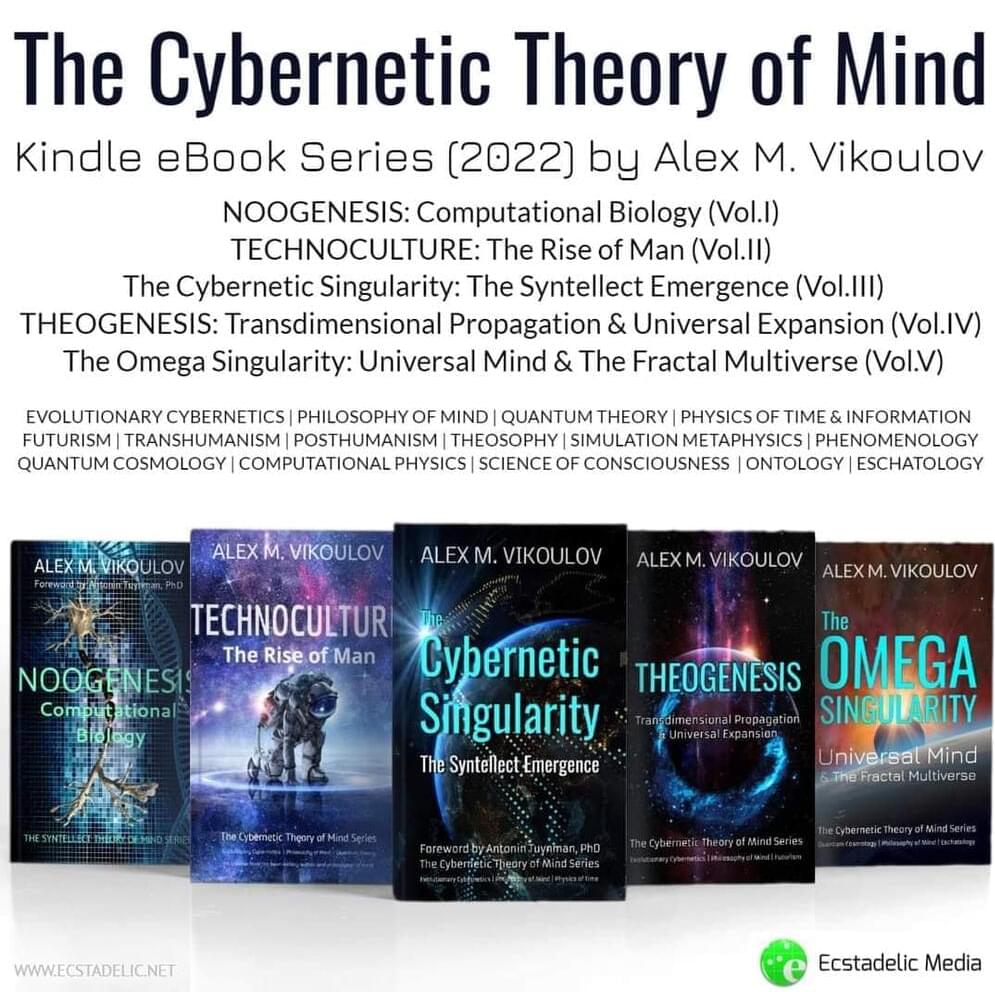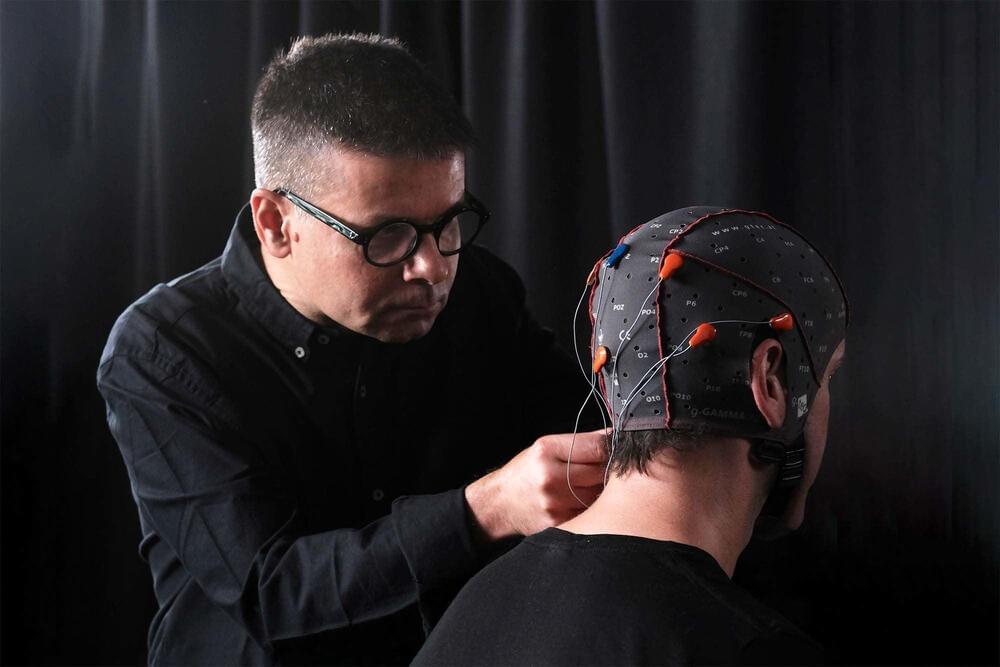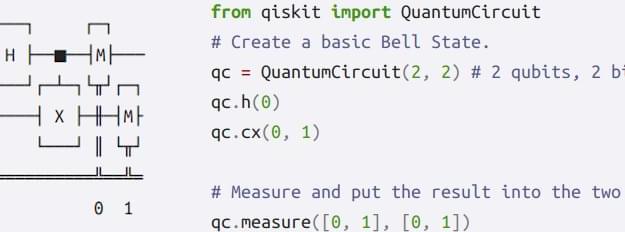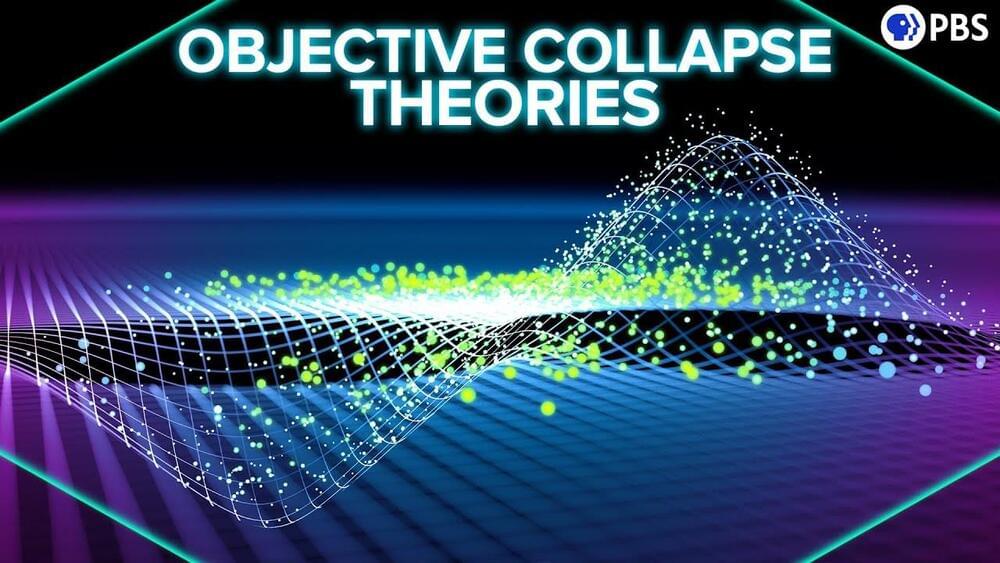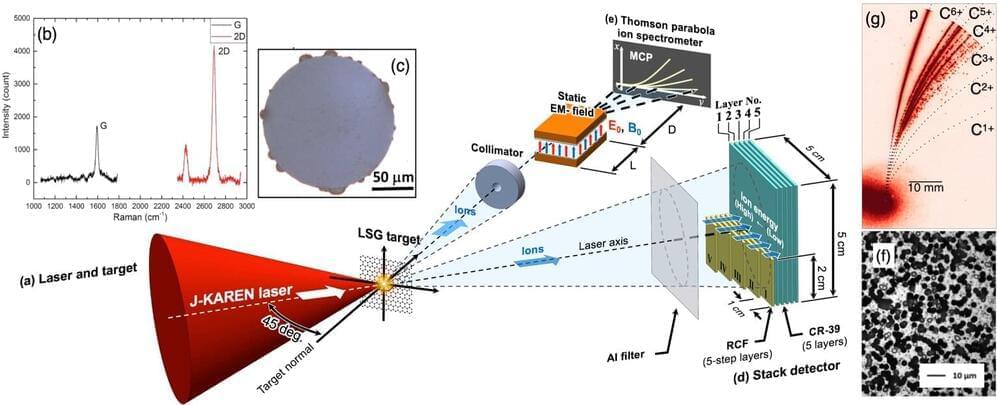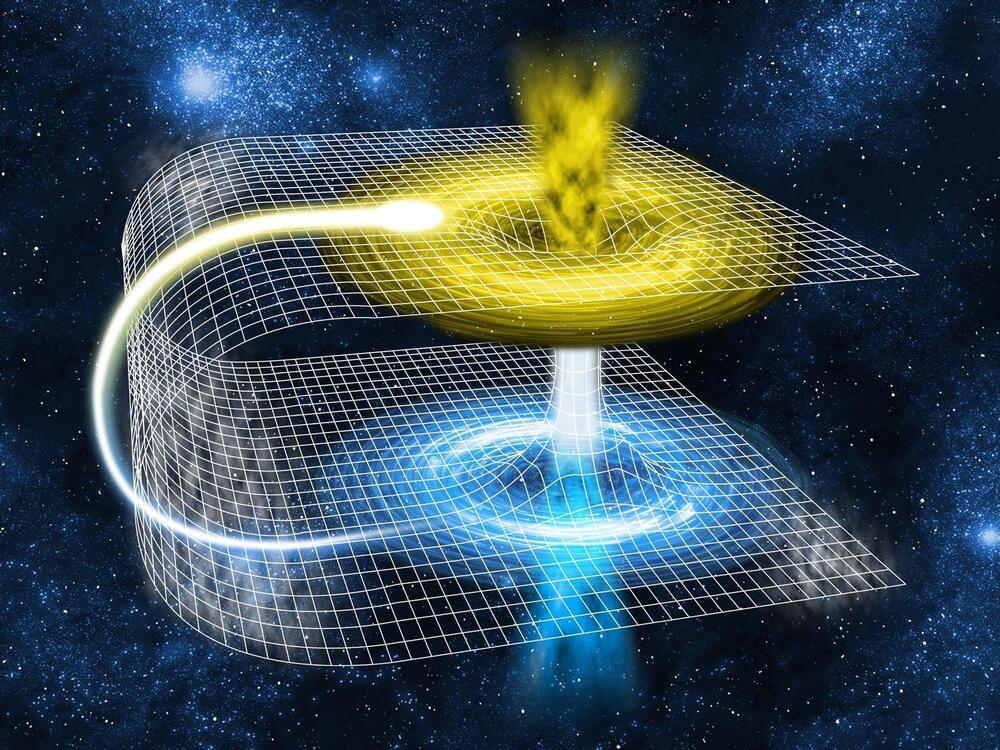Feb 20, 2022
Now that the final book in The Cybernetic Theory of Mind series is released, the entire eBook series is available on Amazon all in one place!
Posted by Alex Vikoulov in categories: computing, neuroscience, quantum physics, singularity, transhumanism
This is a 5-book set on the ultimate nature of reality, consciousness, physics of time, computational physics, philosophy of mind, foundations of quantum physics, technological singularity, transhumanism, impending phase transition of humanity, simulation hypothesis, economic theory, extended Gaia theory, transcendental metaphysics and God, all of which is combined into one elegant Theory of Everything.
If you’re eager to familiarize with probably the most advanced ontological framework to date or if you’re already familiar with the Syntellect Hypothesis which, with this series, is now presented to you as the full-fledged Cybernetic Theory of Mind, then this series will surely present to you some newly-introduced and updated material if compared with the originally published version and can be read as a stand-alone work just like any book of the series: https://www.amazon.com/dp/B08R2K7ZK2?tag=lifeboatfound-20
*Watch the Playlist of Trailers for all five eBooks: https://www.youtube.com/playlist?list=PLBh8LYfDZBTvd_rr8D3WlSZdwRRqQSYVX
